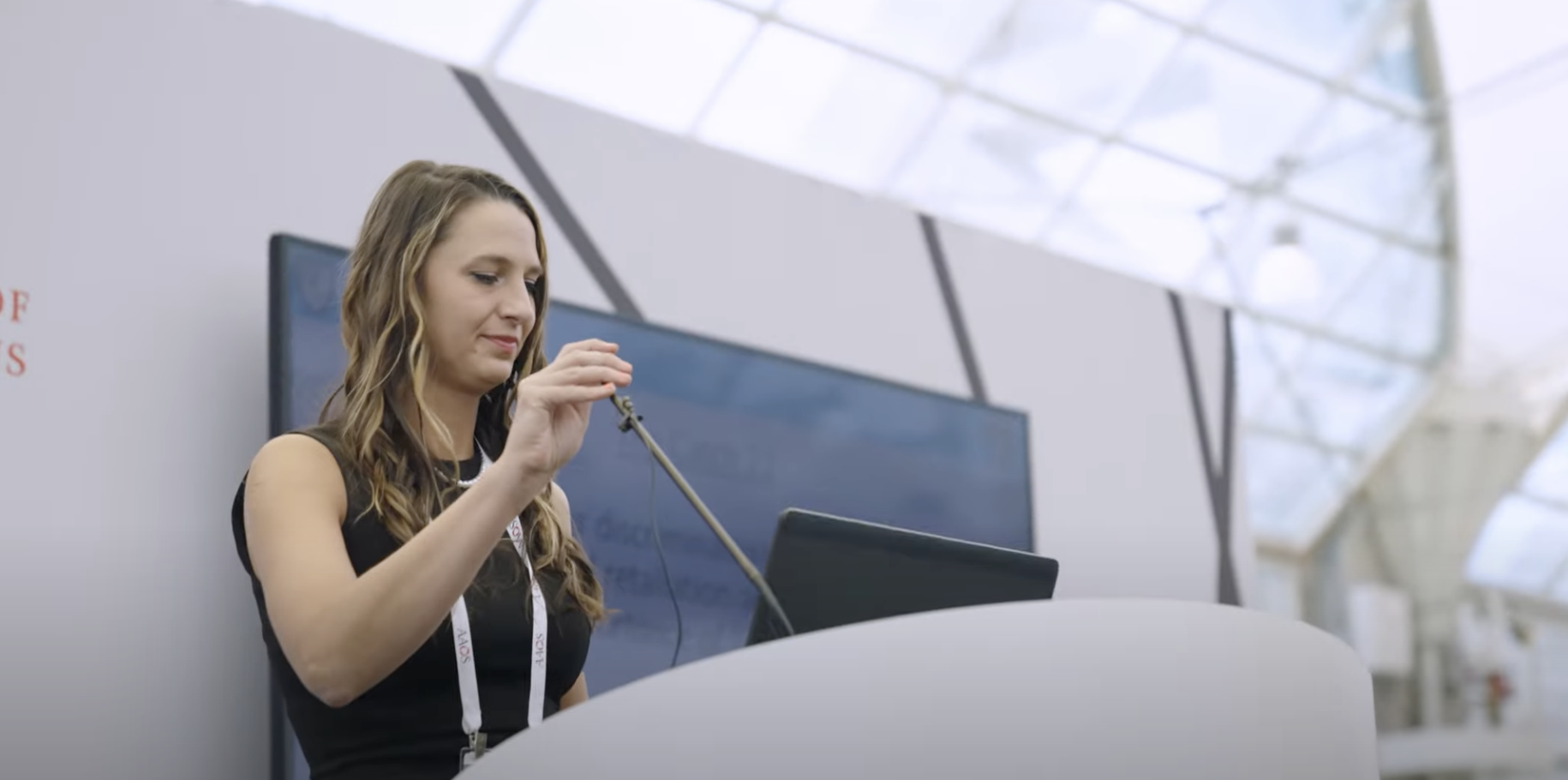
Speaker & Research
Selected Research Articles
Debt is a common issue among medical residents in the United States. This review attempts 1) to evaluate the level of debt among residents, 2) to assess perceptions toward debt among residents, 3) to determine debt-management options pursued, and 4) to gauge whether levels of debt affect resident career choices…
The purpose of this study was to report demographic trends in terms of ethnicity/race and gender among the membership and leadership positions of the Arthroscopy Association of North America (AANA) and the American Orthopaedic Society of Sports Medicine (AOSSM). Over the years both AANA and AOSSM will increase in diversity through their committee membership and leadership positions.
There is a bias in the medical community that allopathic training is superior to osteopathic training, despite the lack of substantiation. The orthopedic in-training examination (OITE) is a yearly exam evaluating educational advancement and orthopedic surgery resident's scope of knowledge. The purpose of this study was to compare OITE scores between doctor of osteopathic medicine (DO) and medical doctor (MD) orthopedic surgery residents to determine whether any appreciable differences exist in the achievement levels between the 2 groups.
Personal physician finance is an overlooked source of stress that negatively impacts resident wellbeing with formal financial education often left out of medical training. This study attempts to (1) evaluate the perceptions of financial literacy, (2) determine the level of financial education incorporated across residency programs, and (3) evaluate the resources that residents utilize to obtain information about managing their personal finances.
Autologous osteochondral transplantation (AOT) is used in the treatment of osteochondral lesions (OCL) of the talus. The purpose of this study was to compare the differences in the presentation of talar OCLs and outcomes following AOT between male and female patients…
Bone marrow stimulation (BMS) is indicated for patients who have symptomatic osteochondral lesions of the talus (OLT). Despite differences in ankle biomechanics and cartilage morphology between men and women, there is scant evidence examining whether these differences affect surgical outcomes. The purpose of this study was to compare the outcomes in men and women following BMS for OLTs…
The negative effects of bullying, discrimination, harassment, and sexual harassment (BDHS) on well-being and productivity of surgical residents in training have been well documented. Despite this, little has changed over the past decade and these behaviors continue. The purpose of this study was to determine the prevalence of each abusive behavior experienced by residents, identify the perpetrators, and examine the reporting tendency.
Hallux rigidus is the most common arthritic condition of the foot. Interpositional arthroplasty (IPA) is indicated for advanced-stage hallux rigidus and attempts to maintain joint motion through insertion of a biologic spacer into the joint. However, the data evaluating the effectiveness of IPA are limited. The purpose of this study was to systematically review the outcomes of IPA in the treatment of hallux rigidus…
The prevalence of abusive behaviors including bullying, discrimination, harassment, and sexual harassment experienced by orthopaedic residents during their surgical training is alarmingly high. Fear of retaliation and detriment to one's career are two common reasons for lack of reporting and filing complaints regarding these abusive behaviors. The #SpeakUpOrtho campaign recently raised awareness of how prevalent these behaviors can be during orthopaedic residency training; therefore, this Call to Action aims to present solutions for handling and preventing abusive behaviors during training.
Although hormonal and anatomical changes that occur during pregnancy have been well documented, how these changes affect foot and ankle function are less understood. Changes during pregnancy in body mass, body-mass distribution, joint laxity, and muscle strength can all contribute to alterations in gait pattern that can lead to pain or injury to the foot and ankle. This review provides an overview of the various foot and ankle anatomic, biomechanic, and kinematic changes that occur during pregnancy…
